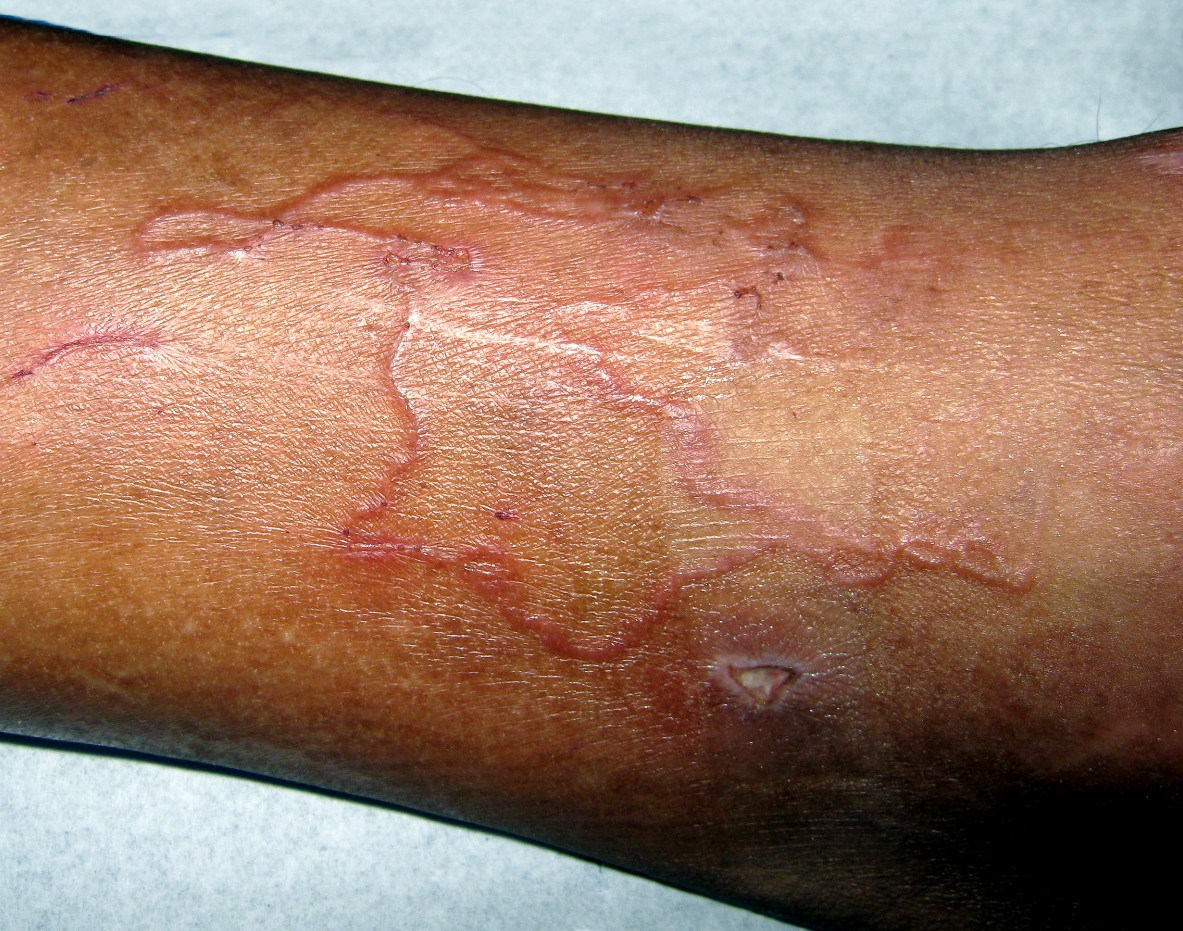

Puppies are especially at risk for hookworm complications - an infestation can cause severe anemia in puppies, which can be fatal. Puppies can also acquire hookworms through milk from their mothers or through the mother’s placenta during pregnancy.
Hook worms skin#
Larvae can also burrow into the skin if the dog lies on contaminated soil.

Dogs can ingest the larvae by eating feces or contaminated soil or water or licking their paws, which may have picked up the larvae on a walk or in your yard. Hookworm infestations are always caused by oral ingestion or by larval penetration of the skin. Adult hookworms can cause anemia and inflammation in the small intestine.
Once larvae make their way into a dog, they migrate to the intestine, where they mature into adults and lay eggs, continuing the cycle. Infective larvae can survive more than four weeks in warm and moist soil. In one to three weeks, they become stage-3 infective larvae. The microscopic eggs pass through the feces and hatch into stage-2 larvae. Egg, stage-2 (rhabditiform) larvae, stage-3 (filariform) larvae, and adult. This 3-millimeter-long parasite is named for its hook-like mouthpiece to attach itself to the lining of a dog’s small intestine, where it feeds on the lining’s blood vessels. Hookworms ( Ancylostoma caninum or Ancylostoma braziliense) are intestinal parasites that live in the digestive systems of dogs or cats. 
Credit: Center for Disease Control and Prevention







 0 kommentar(er)
0 kommentar(er)
